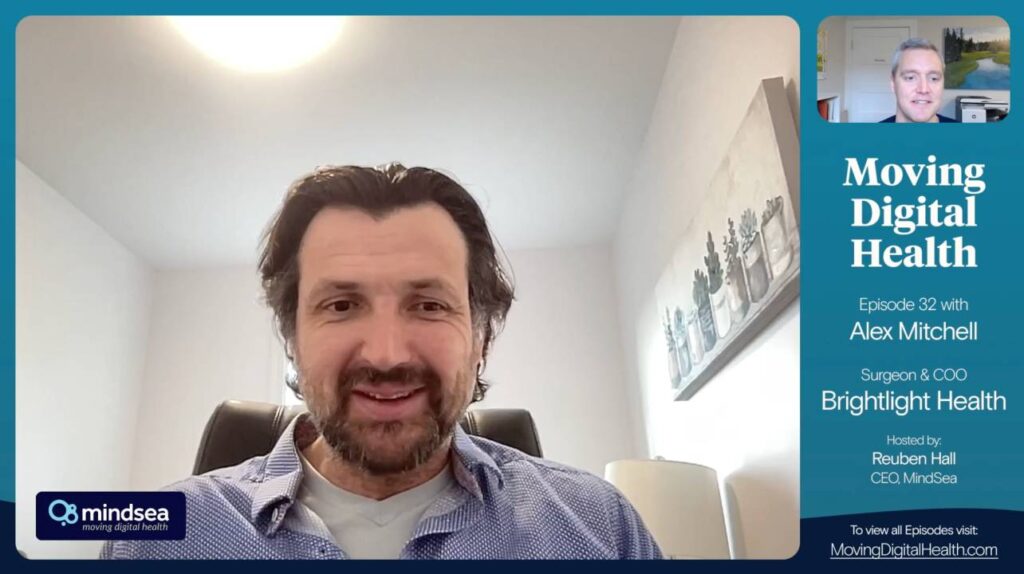In 2023, mobile apps will generate $543 billion in revenue. That’s impressive. Have you ever wondered what drives someone to use (or not use) a mobile app? Or what type of mobile app they’re likely to use the most? Or how much time they’re spending in the mobile apps they download? In this post, we’ve gathered seven mobile app statistics to know in 2023 that you can use to ensure your own mobile app aligns with what your target audience is actually doing in 2023 and beyond.
1. “Health and wellness will be an even greater consumer focus coming out of the COVID-19 pandemic.”
48% of consumers plan to, or are already, exercising more. 39% plan to, or are already, eating healthier. Based on these numbers, digital health apps that encourage exercise and promote healthy eating will continue to be in high demand in the coming years.
(Source: Coefficient Capital and The New Consumer, slide 56)
2. There are currently 7.5 million apps available across both the Google Play Store and Apple App Store.
Although the exact number of apps available on both stores fluctuate often as low-quality apps are removed, these numbers have been steadily increasing over the years. Whilst we tend to focus on apps being added or launched on the app stores, it’s sensible to realize that for every app added, others are removed for various reasons (see #5 below).
If you already have an app and want to understand why it might not be meeting your needs, we recommend The MindSea Digital Health Check. Have us objectively evaluate your app and give you the advice you need to make it better.
3. On average, around 122,000 new apps are released across both the Google Play Store and Apple App Store each month.
There are significantly fewer iOS apps than Android apps released because:
- The Google Play Store is reportedly cheaper and easier to enter
- There are far more Android users than iOS users worldwide
We have recently been experiencing a high demand from businesses choosing to build for both platforms at the same time using React Native. By building and maintaining a single codebase for both iOS and Android, developers can identify and resolve errors quickly and rapidly release to multiple platforms. Contact us if this is an option you would like to explore.
(Source: 42matters, 42matters)
4. The average number of apps installed on a mobile phone was 40 in 2020.
However, 89% of time is divided amongst only 18 of those apps. App creators have to produce a truly amazing app in order to earn a spot in someone’s “Top 40”.
At MindSea, we have partnered with many outstanding companies over the years to create high-quality digital solutions — check out our case studies here.
(Source: Techjury.net & Simform)
5. The number one reason people uninstall apps is because they aren’t in use.
If an app doesn’t bring people any value, people won’t use it. For us, this highlights the critical importance of strong digital strategy and product management to ensure that an app (or any digital product!) meets the needs of its users, creates improved patient outcomes, and supports the objectives of its operators.
A poor user experience that causes frustration and confusion is also a key reason why apps fail. If people have limited storage on their mobile device, they will only keep apps that are exceptionally usable and useful and uninstall any apps that fall short.
(Source: CleverTap)
6. Smartphone users spend 42% of their mobile app time on social and communication apps.
Social and communication apps include apps like TikTok, Instagram, Facebook, and WhatsApp. We find that our clients often want to include features such as the following in their health apps:
- A news feed
- Content sharing across different topics and threads
- Private and group/community messaging
These features can build a welcoming, engaged community within your app, greatly increasing your app adoption and ongoing use rates.
(Source: Statista)
7. The U.S. dominates health and fitness consumer spending with over 50% of the market share.
A big challenge for health and wellness publishers in the current market is monetizing markets outside of the United States. Consumers in the United States only account for 12.8% of downloads of health and wellness apps, but they account for 51.7% of spending in health and wellness apps across the Apple App Store and Google Play Store.
The top 3 apps in this market are MyFitnessPal, Fitbit, and Calm — all 3 are based in the U.S.
(Source: data.ai)
And now what?
Hopefully this post has shed some light on the mobile app and health, wellness, and fitness market and how people use their mobile devices in 2023. Understanding your audience is a crucial step that differentiates successful apps from the ones that miss the mark.
If you are looking for a partner to help you drive business value with a strong mobile strategy, we’d love to chat. Take a minute to schedule a free call with our Director of Client Experience today!
With over 350,000 healthcare apps in the marketplace and a more savvy user base, finding a strategic partner who understands consumer expectations, design trends, and best practices will only add value and efficiency to your app build.Learn more about how MindSea can help elevate your digital product strategy and develop health and wellness solutions that optimize user outcomes.


